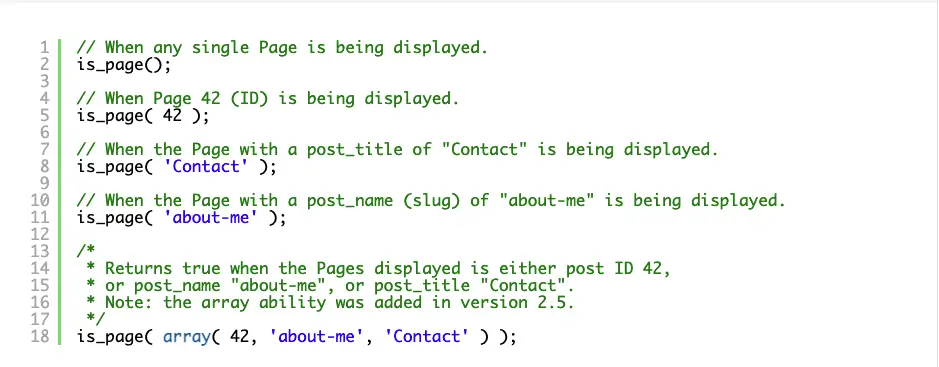

The only possible exception to this rule is when naming actuator endpoints The name of theĪctuator endpoints (i.e. When possible, properties should be stored in lower-case kebab format, such as cas.property-name=value. That might be presented to the system via an external library or framework such as Spring Boot, etc. This is both true for properties that are owned by CAS as well as those This property is required to have been specified in CAS configuration using kebab case. While allįorms are accepted by CAS, there are certain components (in CAS and other frameworks used) whose activation at runtime is conditional on a property value, where For instance cas.someProperty, cas.some-property, cas.some_property are all valid names. Property names can be specified in very relaxed terms. Review the codebase or better yet, ask questions to clarify If you are unsure about the meaning of a given CAS setting, do NOT turn it on without hesitation. CAS at runtime will auto-configure all required changes for you. You should NOT have to explicitly massage a CAS XML/Java/etcĬonfiguration file to design an authentication handler, create attribute release policies, etc. Note that for nearly ALL use cases, declaring and configuring properties listed here is sufficient.

#Recaptcha bypass script define upgrade#
Ideas lead to upgrade headaches, maintenance nightmares and premature aging. Do NOT enable settings unless you are certain of their purpose and do NOT copy settings into your configuration only to keep them as reference. Do NOT copy/paste the entire collection of settings into your CAS configuration rather pick only the properties that you This metadata may not always be 100% accurate, or could be lacking details and sufficient explanations. The collection of configuration properties listed in this section are automatically generated from the CAS source and components that contain the actual fieldĭefinitions, types, descriptions, modules, etc.


 0 kommentar(er)
0 kommentar(er)
